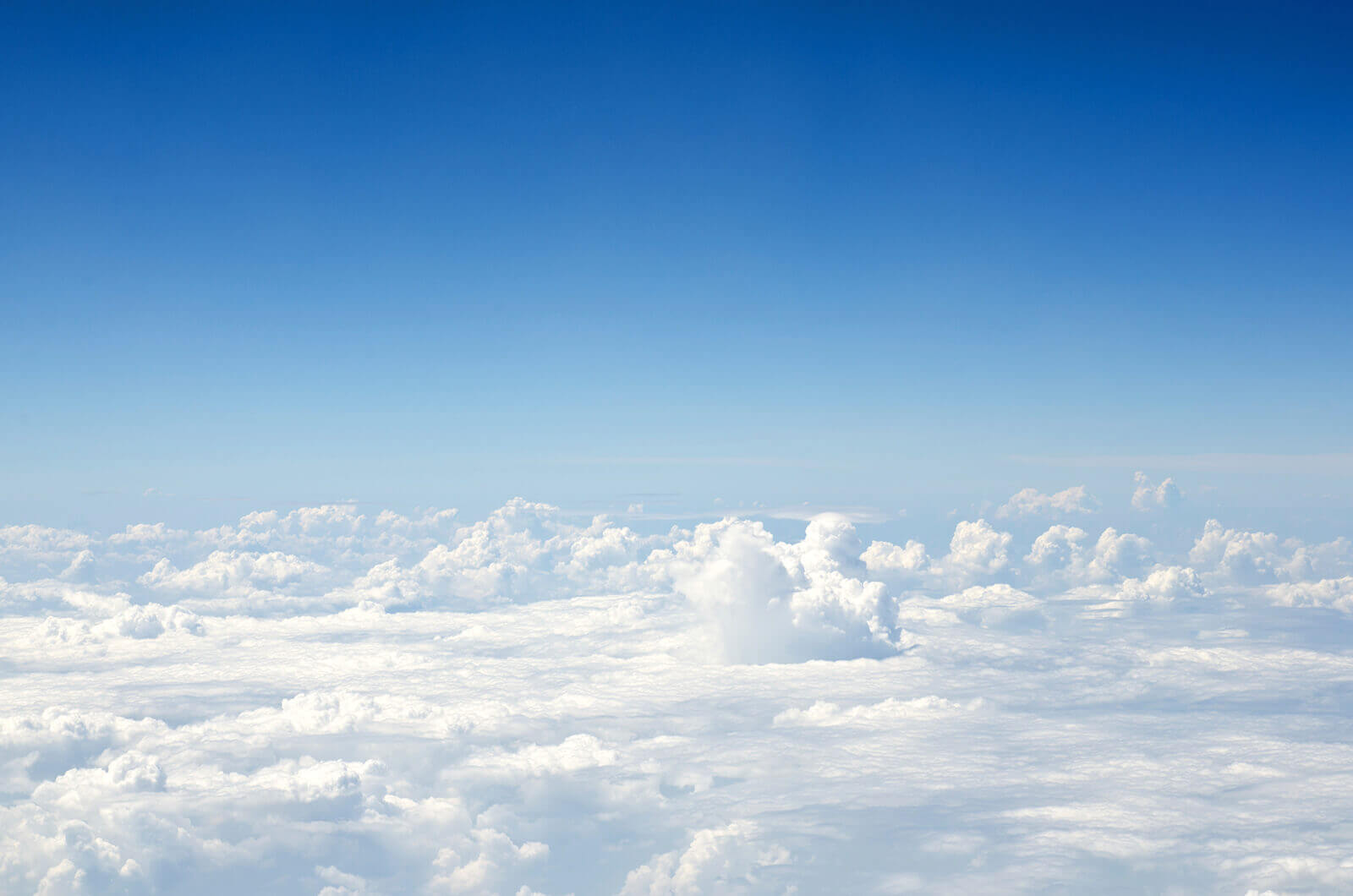
Cheap flights to Fort McMurray










Find cheap flights to Fort McMurray with Cheapflights
1. Tell us where you want to go
Enter your travel information like dates, passengers, trip type (one-way or round trip), and preferred cabin class then click “Find deals”2. Select your favorite providers
We find the providers serving your travel needs. Choose up to four travel providers to compare side-by-side for flights, hotels, or car rentals.3. Compare prices and book
Review each provider’s pricing and select the best option for you! Book through your favorite provider’s website for a seamless experience.Compare providers for flights to Fort McMurray
Provider information is updated monthly. Please note that these providers often have deals for this flight, but the availability may vary on a day-by-day basis on Cheapflights.
Use the table below to compare price accuracy, trust ratings, and cancellation policies for each provider offering flight deals to Fort McMurray in December.
| Provider | Price Accuracy | Trust Score* |
|---|---|---|
| Price Accuracy3 stars | Trust Score*1 star |
- Most accurate provider: Out of all of the providers offering Fort McMurray flight deals, Cheapflights users have found FlightHub to have the most accurate pricing on Cheapflights vs. their site about >95% of the time, users can find the same price on Fort McMurray flight deals on Cheapflights and FlightHub. This is based on searches made for Fort McMurray flights over the past month.
- Most trusted provider: FlightHub is the most trusted provider by Cheapflights users offering Fort McMurray flight deals. With a user feedback rating of 1 out of 3 stars (3 being the best), FlightHub has received the most positive sentiment from Cheapflights users searching for flights to Fort McMurray. This is based on data collected from Cheapflights searches made over the past month.
Best time to book a flight to Fort McMurray
Have a flexible travel schedule? Discover the best time to fly to Fort McMurray with our price prediction graph.
Cheapflights Insights
Everything you need to know about your flight to Fort McMurray
Rainfall in Fort McMurray by month
In terms of precipitation, rainfall in Fort McMurray ranges from 0.5 - 3.2 inches per month. July is typically the wettest month, when rainfall can reach 3.2 in. February is typically the driest time to visit Fort McMurray when rainfall is around 0.5 in.
Temperature in Fort McMurray by month
If weather is an important factor for your trip to Fort McMurray, use this chart to help with planning. For those seeking warmer temperatures, July is the ideal time of year to visit, when temperatures reach an average of 62.6 F. Travelers looking to avoid the cold should look outside of January, when temperatures are typically at their lowest (around 1.4 F).
Reviews of airlines servicing Fort McMurray
Get insights into the airlines that provide service to Fort McMurray. Read reviews, discover amenities, and learn about the overall travel experience offered by airlines. Use this information to make informed decisions when choosing an airline for your flight to Fort McMurray. Reviews last updated December 15, 2025.
Read reviews from past customers who have flown Air Canada to Canada. You can also see how each airline compares in terms of entertainment options, comfort, food, crew/service, and boarding process.
Comfort
Boarding
Food
Crew
Entertainment
Overall
Reviews
Shawna,Sep 2025
DCA - YYZ
Comfort
Boarding
Food
Crew
Entertainment
Overall
Reviews
Shawna,Sep 2025
DCA - YYZ
FAQs about flying to Fort McMurray
Best Time to Fly to Fort McMurray, Canada
Fort McMurray is a fine summer destination, when the hiking trails, lakes and rivers will be at their most inviting. Travel in June or July for the best weather and the choice of cultural events. However, although the winters may be harsh, there is plenty to do when the snow falls, and Canadians are in their element, so a trip in December of January could be a unique vacation opportunity. Prices should be lower then as well.
Getting around Fort McMurray, Canada
The coverage of the bus network in Fort McMurray is excellent, but services are not all that frequent. Because of this, renting a car is recommended. This will also make reaching the streams of northern Alberta and the Athabasca Dunes much easier as well – it’s a big country!